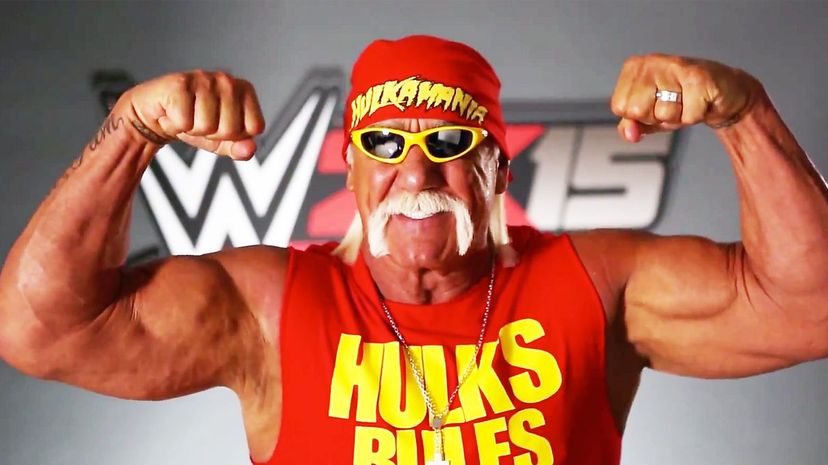
About This Quiz
In World Wrestling Entertainment, the cream always rises to the top! Once you're in the professional wrestling Hall of Fame, brother, you're in the Hall of Fame for life! From the early days of the WWE, back when fans knew it as the WWF, the WWE was just another pro-wrestling organization touring the United States and Canada. Still, with canny business leadership and aggressive acquisition of both wrestlers and other organizations, the WWE rose to become the biggest sports entertainment company in the world. Even the mighty Ted Turner and his WCW couldn't stand in the way of the WWE, eventually becoming absorbed by the WWE and turned into a brand of it.
The WWE owes much of its success to television. Taking full advantage of the medium, the WWE televised its regular bouts every week and leveraged its success to launch pay-per-view specials, which raked in millions. Some moments at WWE's special events stand immortal in the annals of pro-wrestling. At times, it seems the men and women of pro-wrestling are immortal, until those tragic moments when they prove otherwise. Through such drama, tragic or triumphant, wrestlers in the WWE evolve into legends. Could you recognize even some of them on sight? It's time to find out, brother! Can you smell what we're cooking?
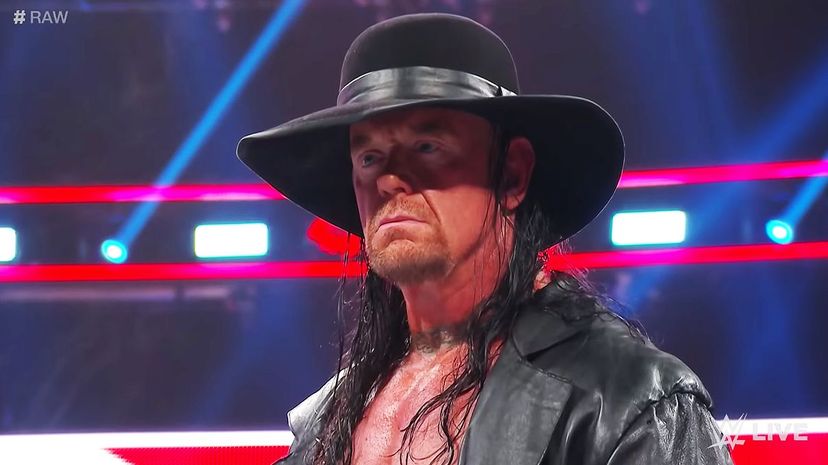
'taker's legend overshadows so many others in sports entertainment, bringing the concept of "kayfabe" to new heights. Is he supernatural? Is he mad? Perhaps both? The Undertaker's style extends from him into the ring itself. He didn't just headline championship matches; he headlined the first Casket Match. The Undertaker was sports entertainment's first great walking nightmare, and it will be hard for anyone to fill his shoes.

In the modern era, WWE legends often transition to Hollywood movie stars, and Batista is a perfect example of this. Growing up on the wrong side of Washington, D.C., Batista fought hard for a place on the independent wrestling circuit before being drafted into the WWE. Mentored by his elder WWE stars, Batista went on to become a champion, and now, a movie star.

The Rock is one of the rare, third-generation sports entertainment legends. The son of Rocky Johnson, The Rock was one of the icons of WWE's Attitude Era, taking on rivals like Steve Austin, The Undertaker and Triple H. The Rock became the first truly transcendent sports entertainment to Hollywood star, headlining movies like "The Scorpion King" and the "Jumanji" reboot.
Advertisement
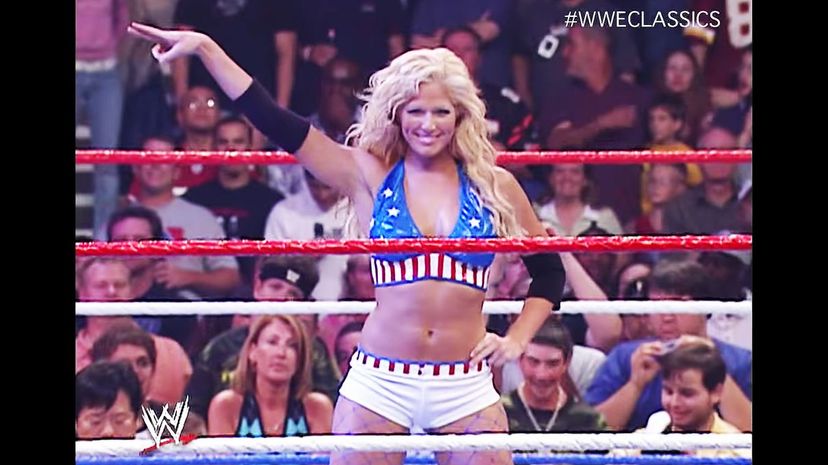
Torrie Wilson's career bridged the era when the WCW and the WWE competed against each other for ratings and ultimately combined into a single organization. Known as a competitor in the WCW, Torrie Wilson both managed and competed in the WWE, until retiring due to injuries in 2008.
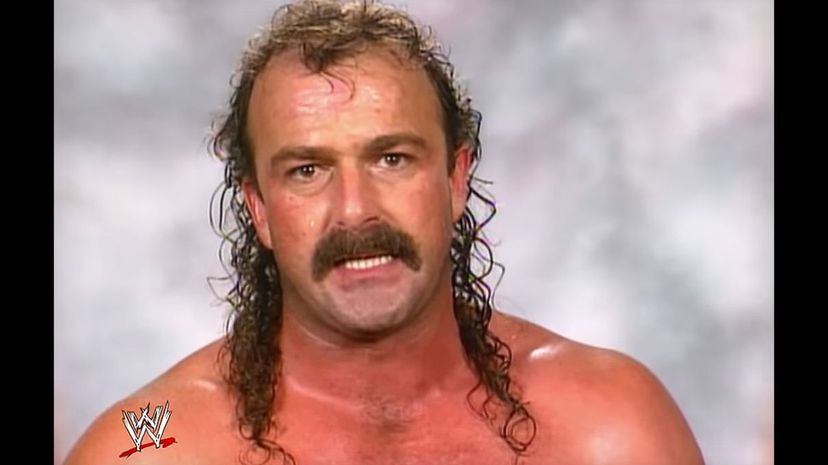
The son of Grizzly Smith, Jake "The Snake" Roberts was a great performer with a DDT that legitimately worried fans someone could end up with a broken neck. This wasn't all of it, though: Roberts came to the ring with his constant companion, a python he used to terrify and punish his opponents. His python's name was Damien.
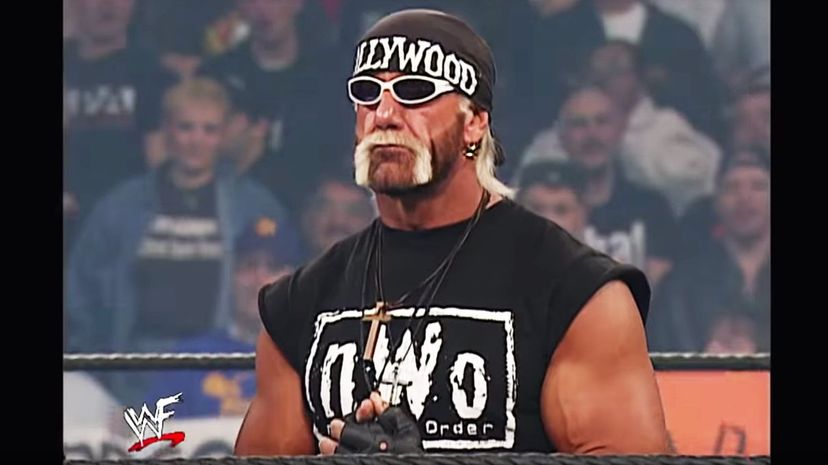
Wrestling fans of the 1980s loved the heroics of Hulk Hogan, but the late 1990s gave fans the heel they didn't know they needed: WCW's Hollywood Hulk Hogan, the leader of the nWo, because once you're in the nWo brother, you're in the nWo 4 life! This shocking turn to villainy delighted fans and cemented the WCW as a legitimate force in sports entertainment.
Advertisement
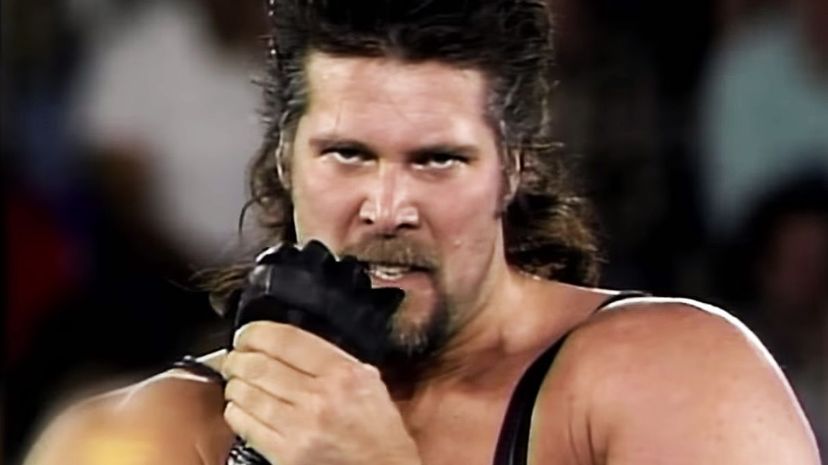
Kevin Nash didn't become Kevin Nash quickly. Starting out in the WCW, Nash had several unsuccessful experiments with personas. Nash followed this with a WWE turn as Diesel, muscle working for Shawn Michaels. When Nash returned to the WCW, he was one of the founders of the black and white nWo and later nWo Wolfpac.
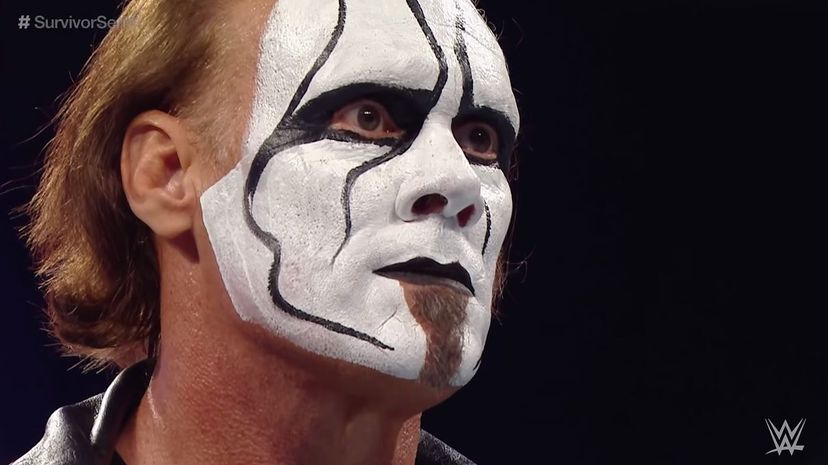
Sting was once a colorful, smiling star of the NWA, and then an early face of the WCW. With the rise of the nWo and the release of "The Crow," Sting went dark, favoring black and white makeup and a black outfit, swooping into the ring to exact justice on the nWo heels. Sting disappeared with the WCW, returning only at Survivor Series in 2014, to take down The Authority.

"Hacksaw" took on all foreign heels in the 1980s, making a Reaganesque stand against the likes of Nikolai Volkoff. Which Royal Rumble did Jim Duggan win? The first one. That's how important he is to WWE history. He jumped to the WCW in 1994, survived cancer, returned to the WCW and then returned to the WWE. Legendary.
Advertisement
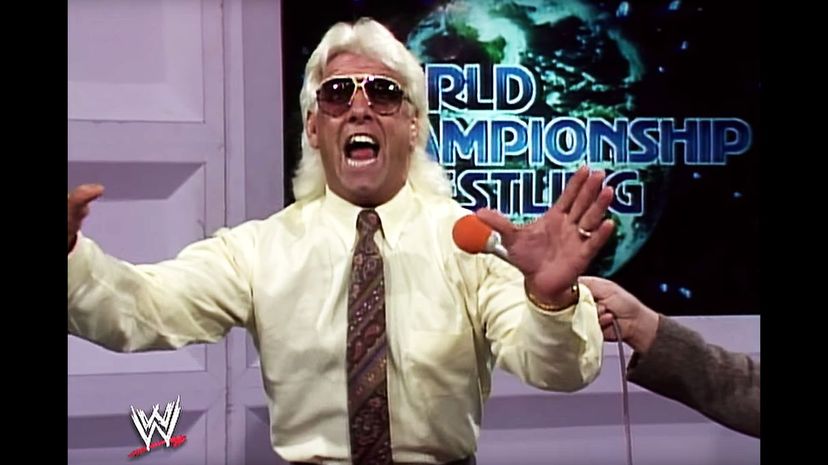
Ric Flair had the Rolexes, the hair, the Rolexes, the belts and the Rolexes. Ric Flair is a poor man's idea of a rich man: a blinged-up showboat flashing diamonds and yet somehow still living paycheck to paycheck. Ric Flair earned his stripes in the NWA circuit and took the title "Nature Boy" by force, riding the 1980s and 1990s to become one of the most recognizable faces in professional wrestling in the WCW and WWE.

Disco Inferno is perhaps one of the zaniest wrestling personas of all time. The New Yorker debuted in the WCW in 1995, dancing/wrestling his way to the WCW Television Title against German wrestler and fellow rug-cutter Alex Wright. Disco Inferno allied himself with a strange assortment of baby faces and heels over the years, but when the WCW was fully incorporated into the WWE, he left the organization.

Andre the Giant was one of the biggest (pun intended) superstars in the WWE from the 1970s and 1980s, with a star rising so high he had a legitimate acting career in films the likes of "The Princess Bride." He was over seven feet tall and weighed in at more than 500 pounds, and Andre the Giant stands tall in WWE history even today.
Advertisement
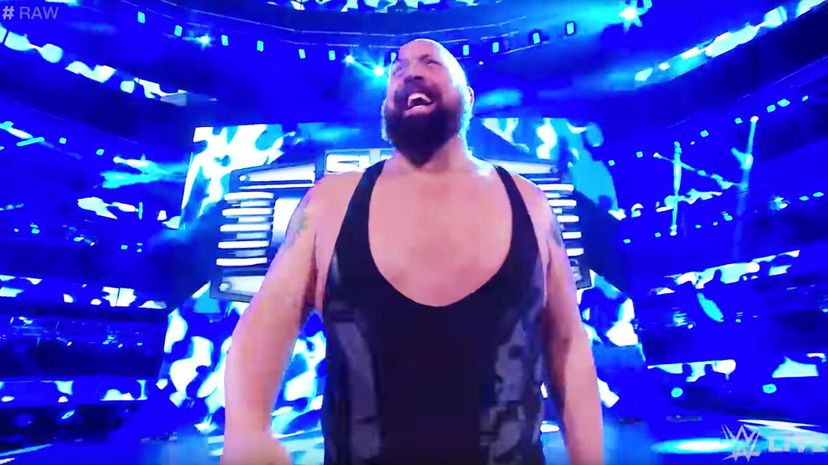
The Giant, AKA The Big Show, AKA Giant. All of those names made perfect sense for this big man. 383 pounds. The man who took down Hulk Hogan in 1995, in the WCW. He moved to the WWE in 1999 and continues to dominate anyone who would stand in his way.
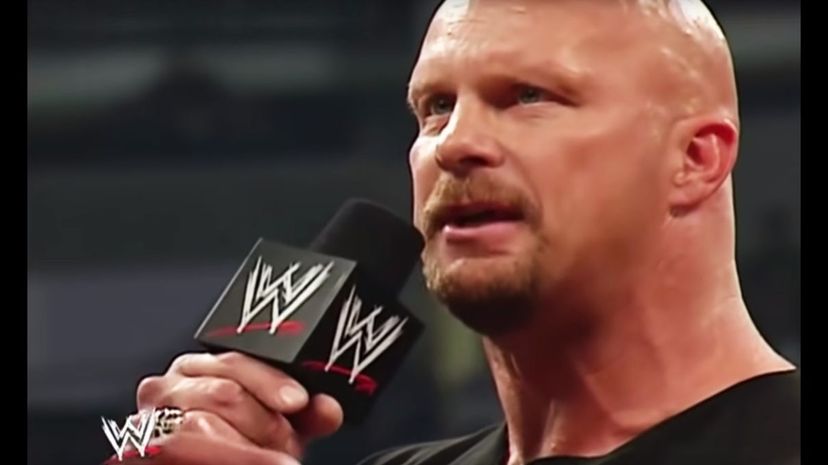
"Stone Cold" Steve Austin shares a name with one of the founding fathers of Texas and an attitude that is 100% 'Murica. Sometimes it seemed like Stone Cold didn't care about anything, even wrestling, and sometimes it seemed like he was a machine programmed to win and have fun doing it. Either way, they broke the mold with Steve Austin.
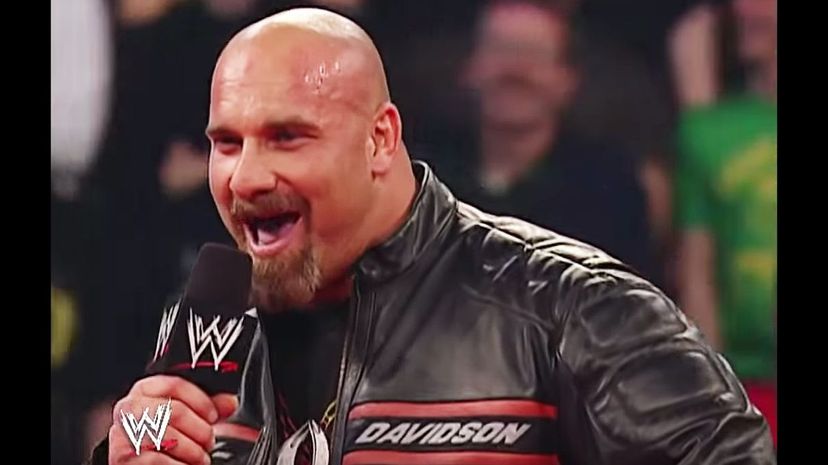
"Who's next?" That was the question asked by WCW fans through Goldberg's insane rise in the 1990s, as he would demolish one opponent after another, wordlessly exiting the ring after each match. A former Falcons defensive tackle, Bill Goldberg smashed his way through the WWE until retiring, only to return in 2016 and again in 2019.
Advertisement
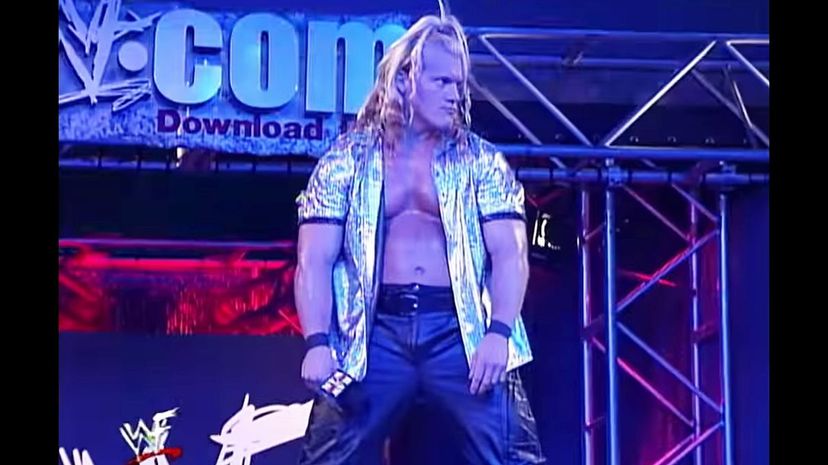
Chris Jericho was always a star. A huge hit in ECW, he was the clown prince of WCW. When the clock at WWE ticked down to 2000, he emerged as Y2J, bringing his showmanship and crushing submission hold, The Walls of Jericho, to the WWE. As he's a musician as well as a wrestler, he performs at everything he does.
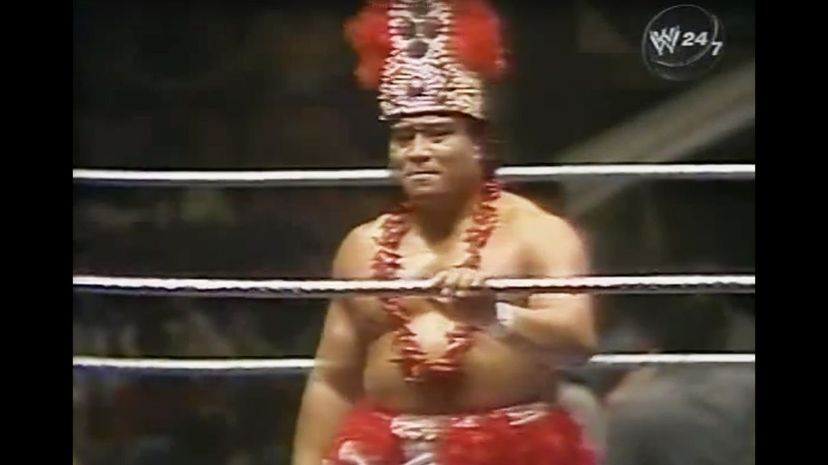
Without High Chief Peter Maivia, there would be no Rock. Starting out as a baby face, by the time High Chief Peter Maivia made his way into the WWE, he was on his way to becoming one of the most hated heels of all time. When his ally Billy Graham lost the WWE title to Bob Backlund, High Chief Peter Maivia turned on Graham, challenging Bob Backlund repeatedly and earning the ire of fans.
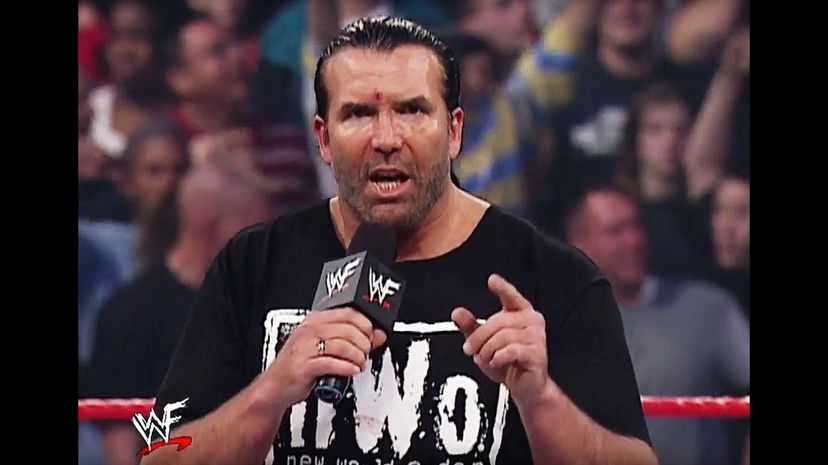
Scott Hall. Razor Ramon. The Bad Guy. Whatever you want to call him, Scott Hall was born to be a heel. Slicked-back hair, toothpicks, attitude, swagger and immense height: Scott Hall had it all. After a star turn for the WWE, he switched over to the WCW, where he and Kevin Nash formed the nWo, brother!
Advertisement
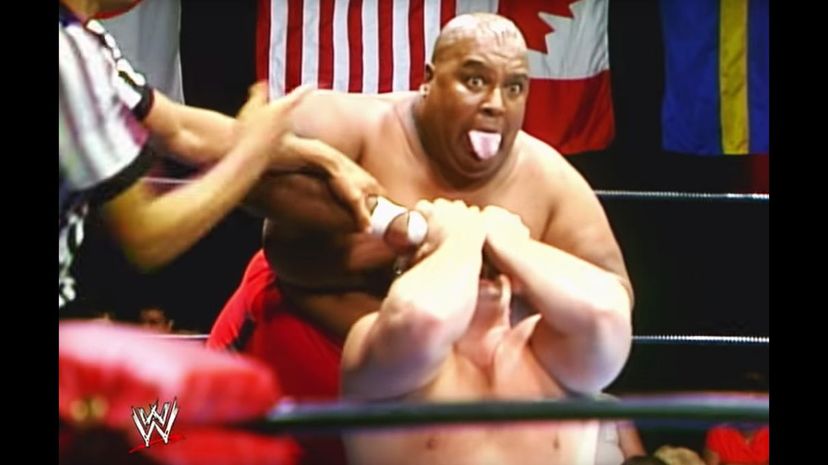
Abdullah the Butcher, AKA "The Madman from the Sudan," was one of the greatest heels in the history of sports entertainment. He was so huge and wide, even a fall from Abdullah the Butcher could be lethal to his opponents. He fought all the greats of the late 20th century, including Hulk Hogan and Andre the Giant.
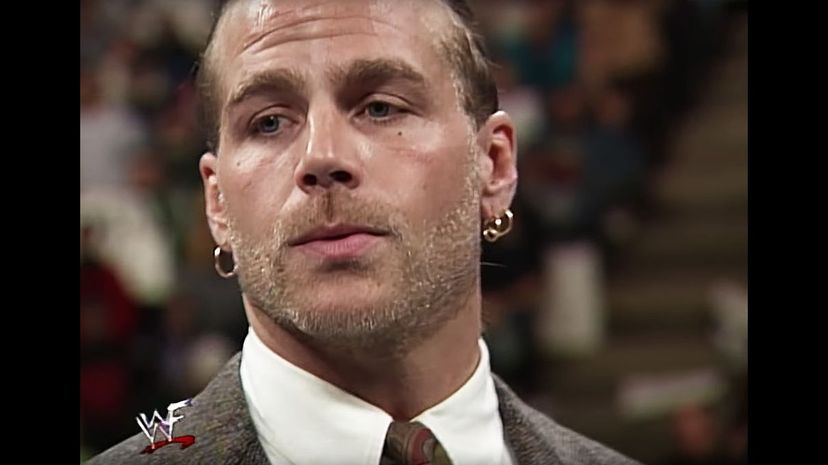
The Icon. The Heartbreak Kid. Sexy Boy. The Showstopper. Shawn Michaels is all of those things and one of the greatest legends in sports entertainment. A rebel among rebels, Michaels won every major title for which he was eligible and competed in some of the most iconic WWE championship events with some of the greatest stars in the game.
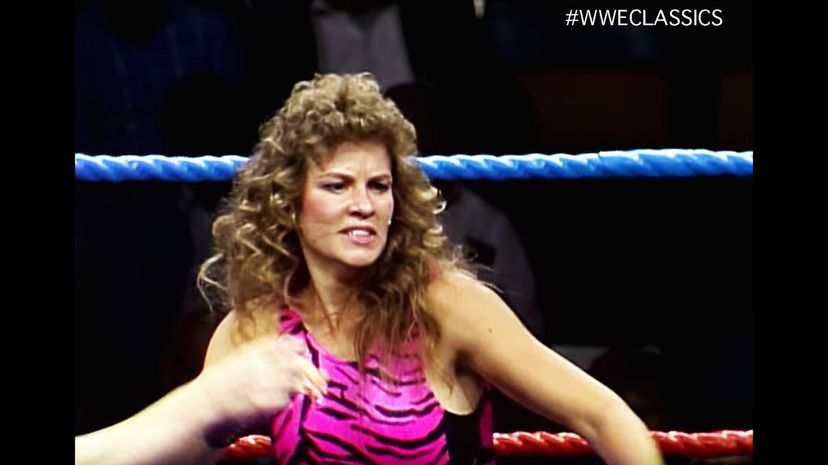
Wendi Richter's victories could only be measured on the Richter scale. Entering the WWE in 1983, Richter's successes coincided with the new bond between WWE and its then-partner MTV. By giving the world MTV's event The Brawl to End It All, WWE showcased Richter in her element, as an iconic member of a new generation of wrestlers.
Advertisement
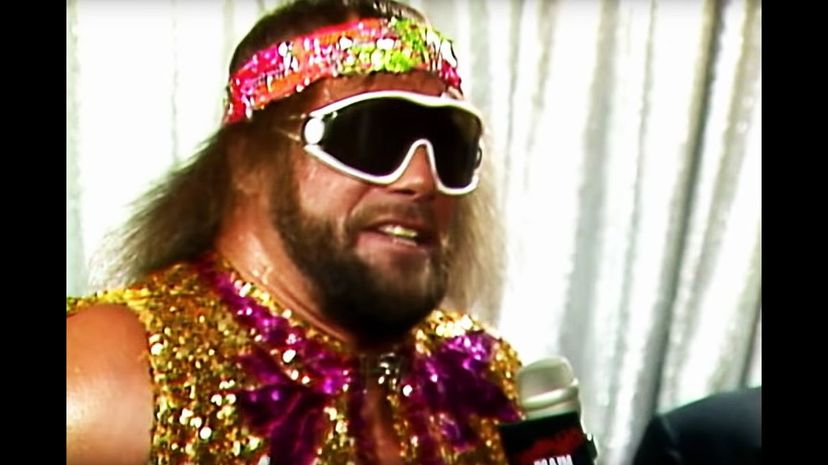
"Macho Man" Randy Savage is one of the most memorable WWE superstars of all time, with his strange, raspy speech, huge muscles, sunglasses and sound bites that sound like haiku poetry. Managed by the equally legendary Elizabeth, the Macho Man earned a reputation as the most over-the-top superstar ever.
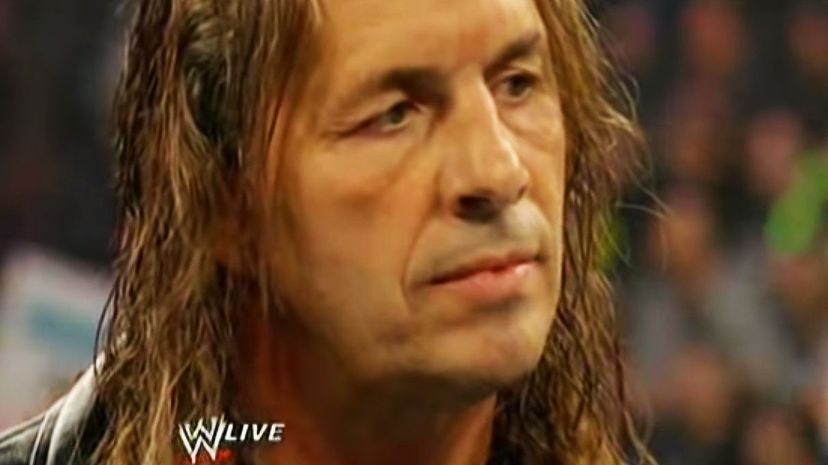
Bret "The Hitman" Hart is known as the greatest technical wrestler in sports entertainment for good reason. He originally came to the WWE as part of the Hart Foundation with tag team partner Jim "The Anvil" Neidhart, and they twice won the Tag Team Championship. After a string of victories, he was forced to retire in the early 2000s due to injuries.
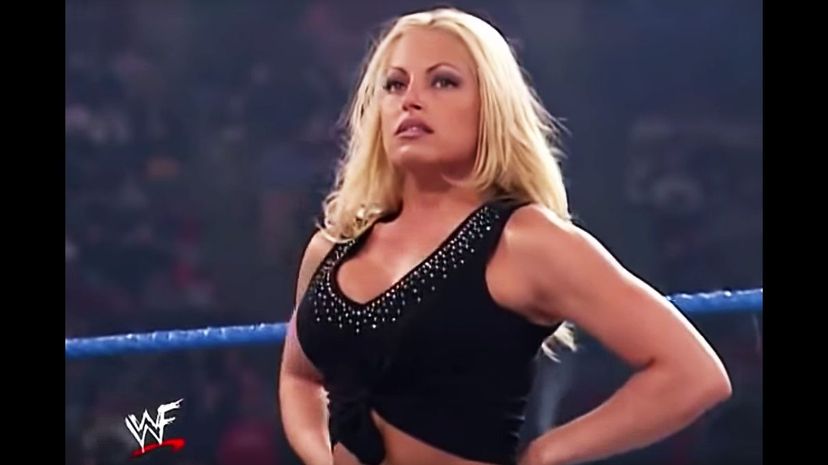
Trish Stratus is one of the most aptly named of wrestlers, as her rise took her to the stratosphere. After winning the Six-Pack Challenge Match at Survivor Series 2001, Stratus would repeatedly win the WWE Women's Championship, retiring in 2006.
Advertisement
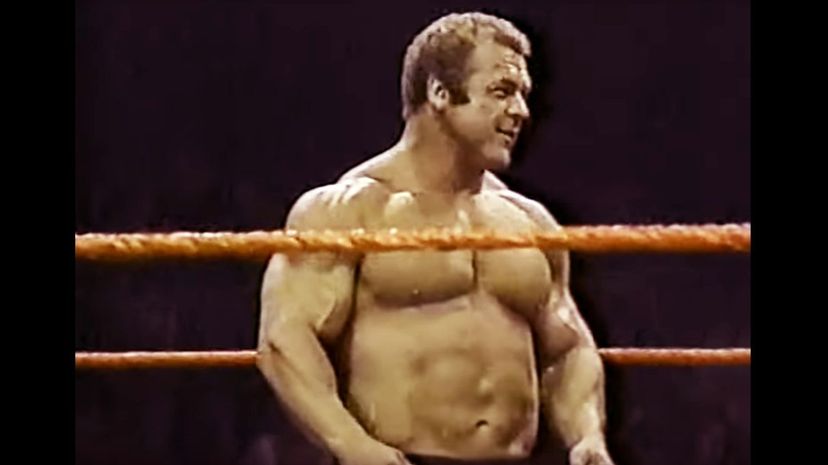
Ivan Putski is a wonderful example of an immigrant family coming to the U.S. and making his way in the world. Transplanted to Texas, Ivan Putski was beloved by fans because of his incredible strength. A contestant at the 1978 World's Strongest Man competition, Ivan Putski would go on to win the Tag Team Championship in 1979 with Tito Santana at his side.
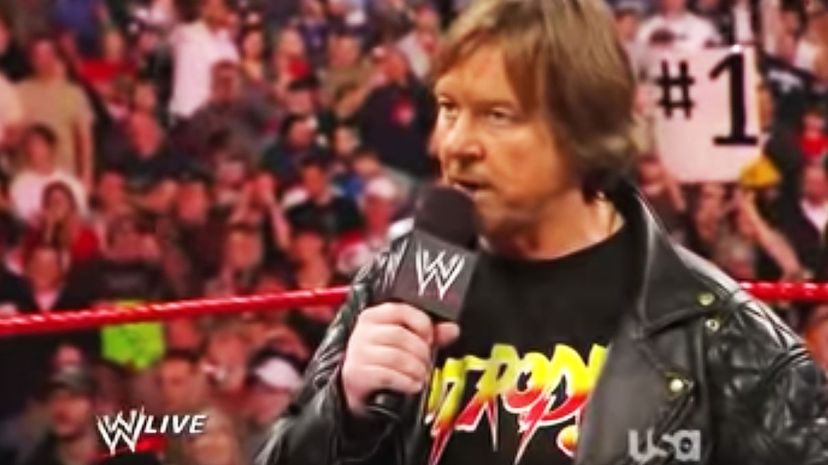
The 1980s could not have happened without Roddy Piper; something in the space-time continuum would have torn and things would have skipped straight into the 1990s. One of the greatest stars of all time, Roddy Piper was the greatest heel of the 1980s, shaving the head of defeated opponents,
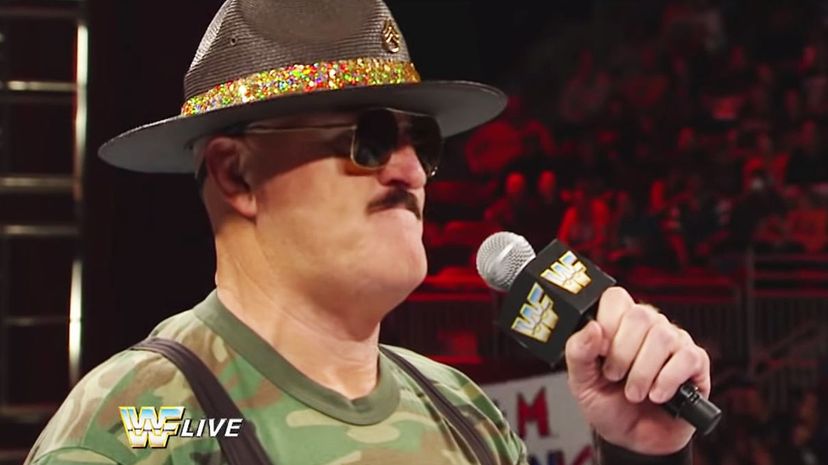
Robert Remus's Sgt Slaughter persona hit the WWE in 1980 and stuck. Drawing on the wrestler's past as a United States Marine, Sgt Slaughter was based on the Marine Corps's drill instructors he knew in his time in training. Slaughter's departure from the WWE happened in the mid-1980s over toy rights.
Advertisement
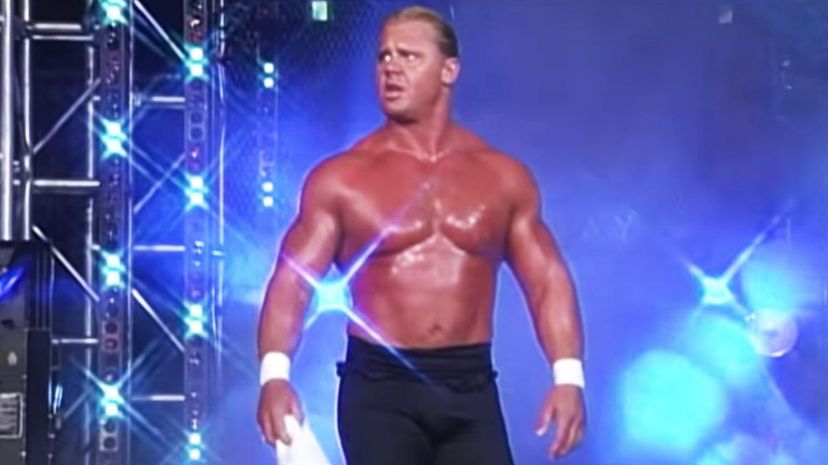
Son of Larry "The Axe" Hennig, Curt Hennig was born to wrestle. It was perfect. In fact, his nickname "Mr. Perfect" was pretty perfect. He was a skilled technician, and he also had a flair for showmanship and cultivated an image that excited fans. Hennig first appeared in 1988 and continued to dominate for the length of his tragically short career. He passed away in 2003.

One half of the original Bodydonnas, Sunny is a highly intelligent Diva who partnered with Skip and Zip to win the World Tag Team Championship at WrestleMania XII. She would go on to manage various successful tag teams, including the Legion of Doom, The Godwinns and The Smokin' Gunns.

Lita didn't enter the WWE with The Hardy Boyz, but she made her name with them. She's a four-time champion, but Lita is perhaps best remembered for her rivalry with fellow Diva Trish Stratus and her love triangle with Matt Hardy, Kane and Edge. Yes, you read that correctly.
Advertisement
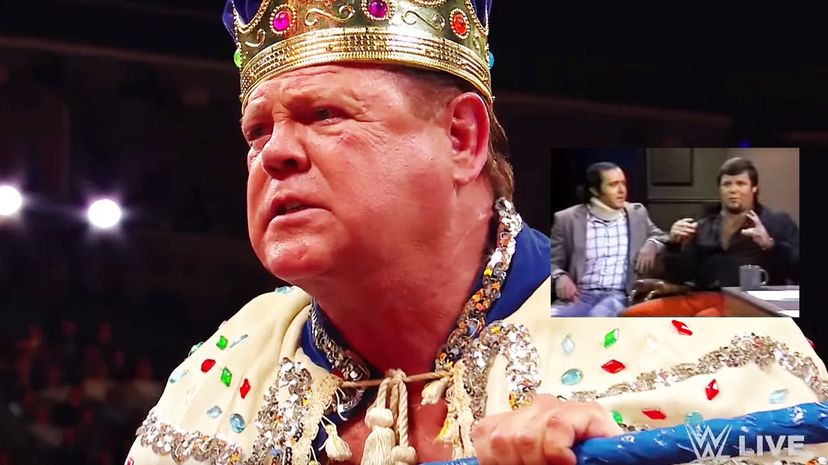
Jerry "The King†Lawler will always be remembered for his remarkable turn as a broadcaster and his many years as one of the most dominant and beloved wrestlers of the 1970s and 1980s. Lawler stands alone, however, as the man who wrestled comedian Andy Kaufman, twice piledriving him and slapping him on "Late Night with David Letterman."
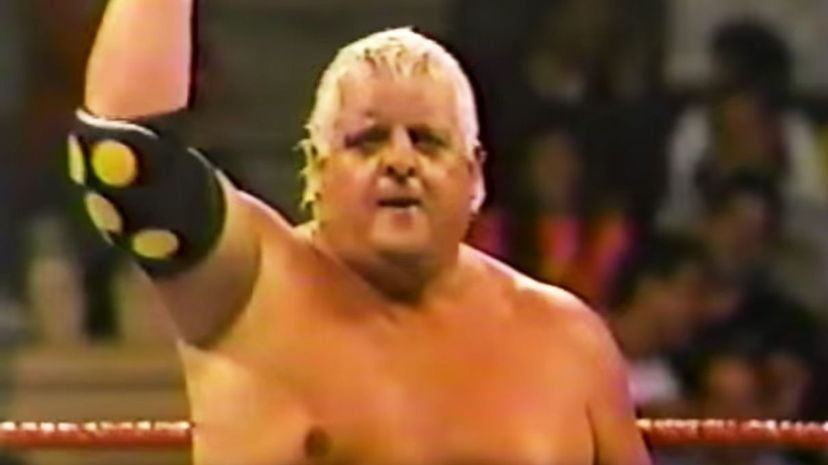
"The American Dream" Dusty Rhodes was one of the biggest stars of the 1970s and 1980s in American professional wrestling. A showman first and foremost, Dusty Rhodes could talk smack with the best of them, and he helped create and shape some of the conventions of wrestling fans enjoy to this day. His son is Goldust.
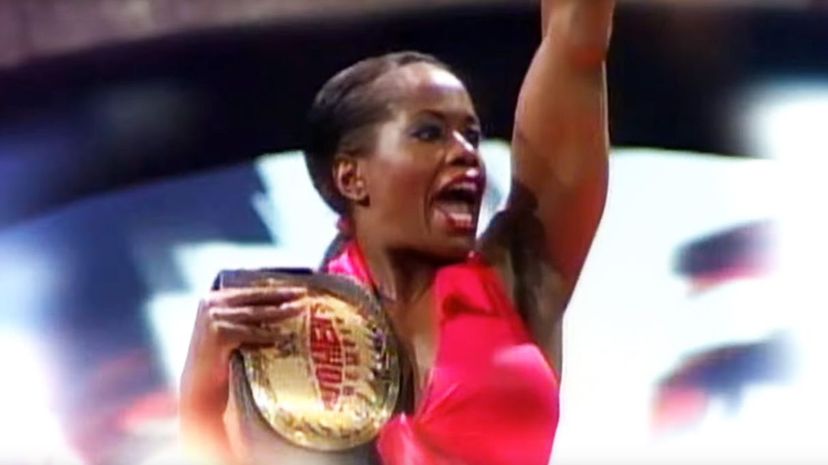
WWE Women's Champion Jacqueline's career began in the WCW, where she made her bones breaking the bones of others as part of a team with Kevin Sullivan. Once in the WWE, Jacqueline twice became the WWE Women's Champion, in addition to spending time as a ref and a judge on "Tough Enough."
Advertisement
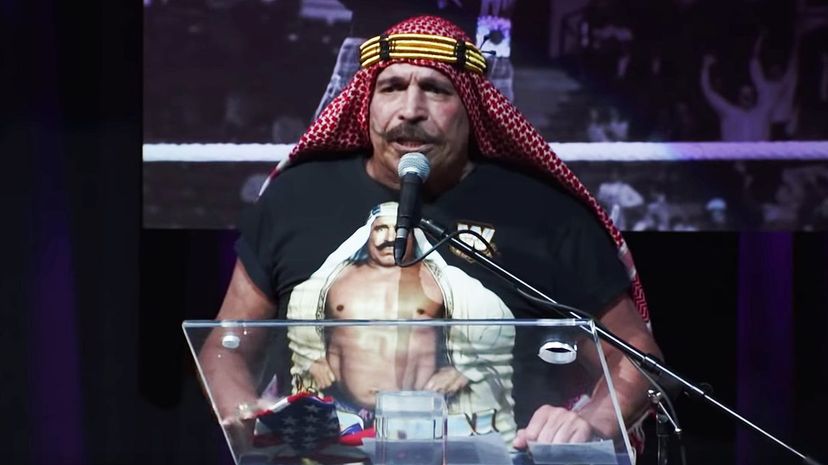
Few heels were as timely as The Iron Sheik. After coming into the WWE in 1983, he was a colorful villain to face off against the likes of Hulk Hogan and Sgt Slaughter, with whom he later teamed up under another name.
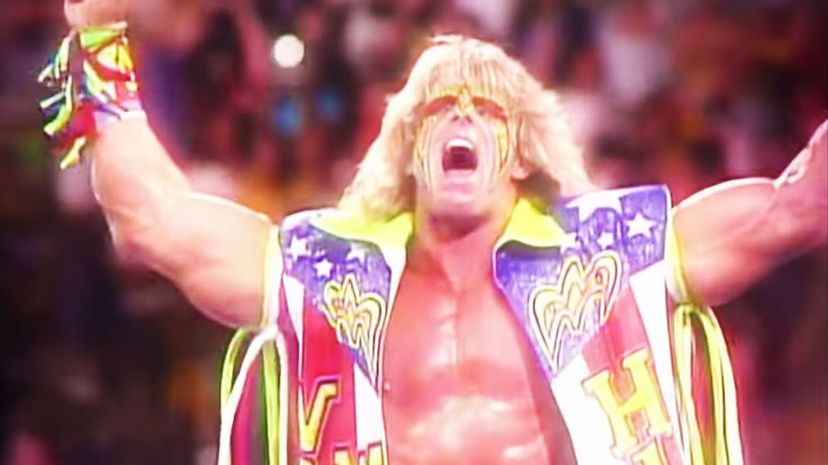
The Ultimate Warrior was a force of nature, charging into the ring as fast as possible, throttling the ropes, pounding the turnbuckles and then decimating his opponents at maximum attack speed. How much time did he need to take the Intercontinental Championship from The Honky Tonk Man? Thirty seconds.
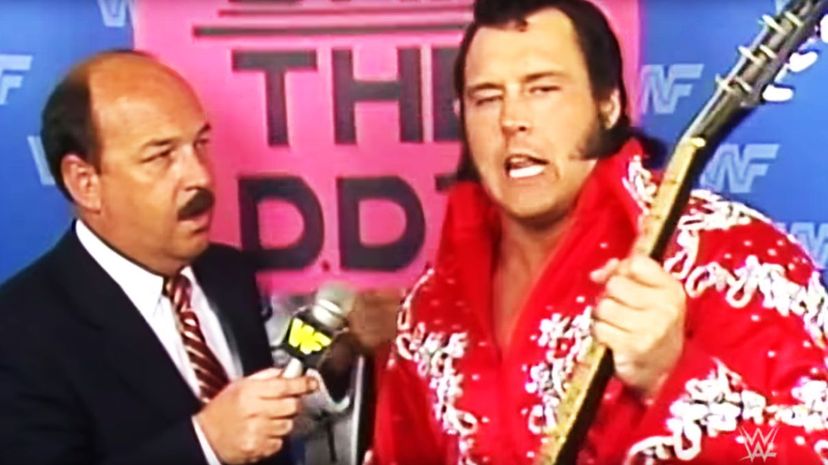
The Honky Tonk Man was pure 1980s Americana. Fancying himself a musician and a wrestler, he would have a six-string at the ready either to play, or more likely than not, to use to bludgeon an opponent. Perhaps the greatest Intercontinental Champion of all time, The Honky Tonk Man held the title for 454 days after winning it with less than clean moves.
Advertisement

Booker T was one of the most dominant forces in the WCW and one of its final champions. When the WCW joined forces with the WWE, Booker T became one of the WWE's newest hard-fighting competitors, taking on and defeating many WWE staple stars, including Steve Austin and The Undertaker.

DDP. The Diamond Cutter. Anyone who watched wrestling in the 1990s knows those words. Diamond Dallas Page was a manager in the AWA before and after he made his WWE debut in 1990. Managing a host of "Diamond" branded stars, at 35, DDP became the wrestler we know and love, challenging The Undertaker when the WCW combined with the WWE and eventually retiring to reach "DDP Yoga."
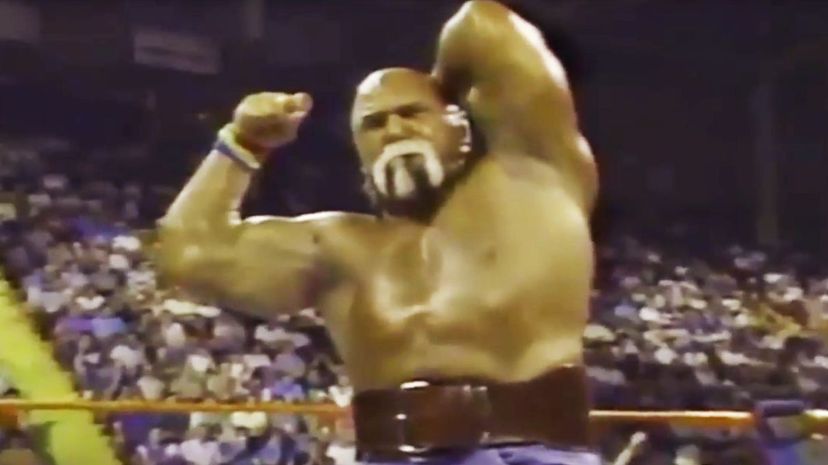
No, this Billy Graham is not the famous preacher, unless you're talking about someone who preaches the gospel of pain! Styling his persona on Muhammad Ali, Billy Graham wore outrageous clothes, styled himself in outrageous ways and said things like his famous self-description, "The man of the hour, the man with the power, too sweet to be sour."
Advertisement
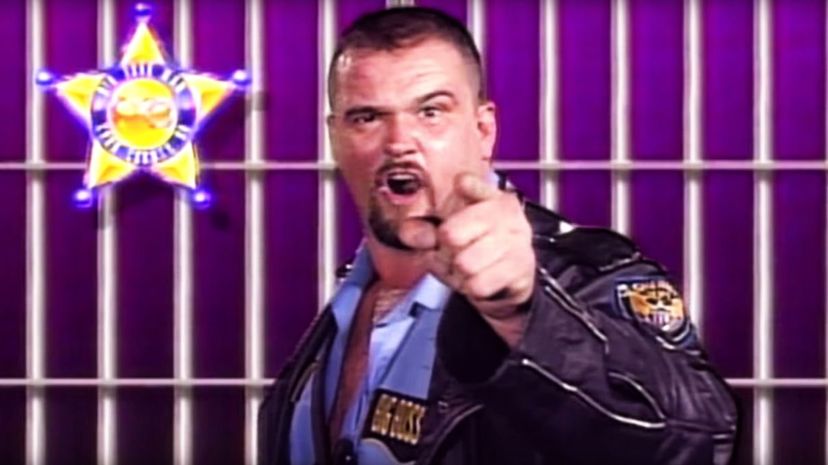
Debuting in 1988, Big Boss Man was a beast in the ring. A former corrections officer, Big Boss Man manhandled his opponents like they deserved punishment. Before retiring and returning as a heel in 1998, Big Boss Man faced his greatest fight at SummerSlam 1991 in the form of The Mountie.